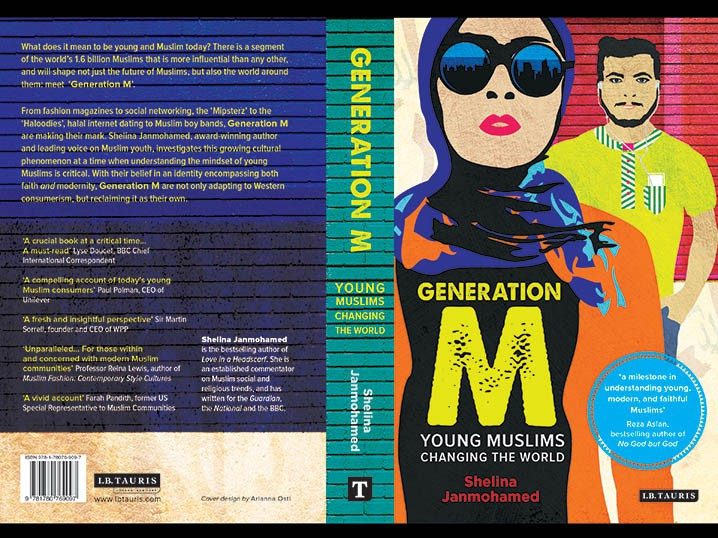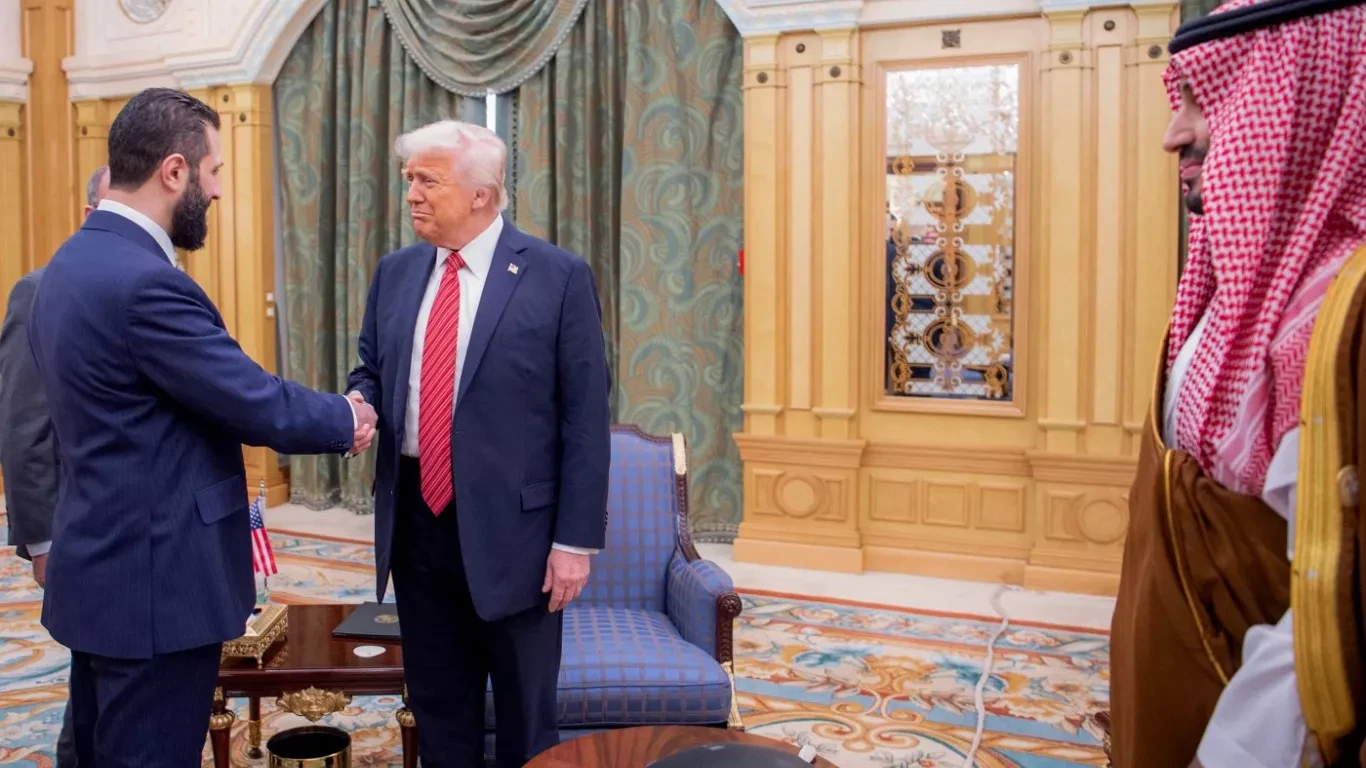
Book Review: Generation M: Young Muslims Changing the World
In her writings, Shelina Zahra Janmohamed places a primary emphasis on topics concerning young Muslims, Muslim women, and the social and religious trends within the Muslim community. She is the author of the books "Love in a Headscarf" and "Generation M: Young Muslims Changing the World." Selected as one of the world's 500 most influential Muslims and one of the UK's 100 most powerful Muslim women. With her extensive experience spanning many years, the author remains actively involved in various areas such as brand implementation, marketing, advertising, and writing.
The book "Generation M: Young Muslims Changing the World" is based on the author's personal experiences and accumulated knowledge. By drawing from the stories and voices of Muslims, the author strives to shed light on various aspects. The author contends that studies and analyses on Muslim behaviour often fail to capture the multifaceted nature that extends beyond politics and theology. Within the pages of this book, the author directs their attention towards diverse Muslim experiences, attitudes towards the behaviours exhibited by Generation M, and the unique cultures and identities that emerge from these dynamics.
The author begins the book by addressing questions such as what is Generation M, what are its sources of inspiration, and what are its perceptions of identity and lifestyle practices. According to the author, Generation M refers to Muslims who shape their lives without concealing their identity while embracing modernity. They are a generation that embodies consumerism, entrepreneurship, digital fluency, and places importance on education and activism, while also valuing religious practices in their daily lives.
The emergence of this generation can be attributed to factors such as women's movements, evolving identity structures, and the influence of social media and the internet. They seek to transform their lives and the society they inhabit by drawing inspiration from faith, education, and technology. In short, Generation M is a diverse group that fosters a creative identity construction and aims to lead a faithful life by drawing nourishment from religious sources.
Generation M, with a tendency to explore alternatives in various areas such as food, clothing, and entertainment, aims to popularize halal brands and create a Muslim lifestyle. Muslim consumers are not only satisfied with halal food; they also strive to access products that have undergone quality production and distribution processes, emphasizing health, halal, cleanliness, transparency, and integrity. According to the author, many individuals become acquainted with Generation M through the ethical consumer movement.
The relationship that this generation has formed with technology differs from previous generations. According to the author, Generation M relies less on traditional institutions compared to their elders and instead builds a new sense of identity as individuals through social media, experiencing a collective belonging to the ummah. The internet provides a space where young people, especially young women, can express themselves more freely and feel a strong sense of affiliation. It also offers the opportunity for curiosity, easier questioning, a sense of belonging, and the ability to make judgments. However, young individuals express concerns about the circulation of misinformation. They explore various interpretations and options online before making decisions, indicating the proliferation of diverse religious interpretations and identities in the virtual world.
In addition to digital platforms and technological advancements, they also show a tendency to create and explore alternatives in the realms of culture and entertainment. They seek to transform music into a means of life and entertainment by adapting cultural and Islamic values. Through their songs, they strive to address current issues. They aim to create and develop new spaces, such as humour, cartoons, novels, comics, films, animations, magazines, and blogs, where they can freely express their identities. Their main motivation is to produce alternative content by incorporating Islamic values and concepts into language. It is possible to say that they aspire to reach a different world and wider audiences through the culture they create and the identities they construct.
The book comprises five main sections with several subsections. The opening chapter, titled "Selam" (Greetings), provides an overview of the general characteristics, religious perceptions, and identity constructions of Generation M. The author enhances the narrative with illustrative examples that depict the generation's relationship with technology, modernity, and tradition.
The section titled "Global Muslim Lifestyle" delves into challenges and alternative recommendations concerning the accessibility of halal products in diverse domains such as food, finance, the internet, and entertainment. Emphasis is placed on the significance of attaining halal and healthy production processes and goods.
Under the heading "Culture: New Muslim Cool," the book concentrates on alternative music genres and instances, considering their Islamic connections and perceiving music as a source of inspiration. It explores various issues encompassing contemporary challenges and music, including the compatibility of music with Islamic content. The section named "The Twenty-First Century Ummah" tackles the subject of the global Muslim consumer, examining topics like celebrations, veiling, and modesty through concrete examples. The concluding segment, "The Faithful Future," directs its attention towards consumption and production chains.
The author highlights the concept of the Muslim consumer as a significant topic in discussions about Generation M. The book's examples illustrate the rise of a new economic power and a growing consumption capacity. Within this context, the evolving and changing Muslim consumer base is portrayed to readers, emphasizing the development of global Muslim brands and the influence of production, consumption, marketing, and advertising. In the book, it is possible to come across various narratives from different countries around the world, offering a wide range of examples from diverse geographical locations, providing insights into Muslim experiences. It is a work that contributes to keeping up with the contemporary world of Muslim youth.
Ayşe Aykanat
...
 Ayşe Aykanat
Ayşe Aykanat








